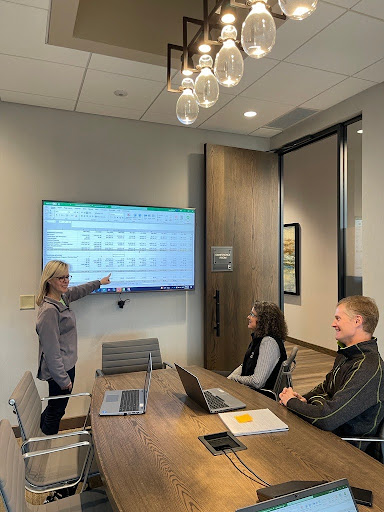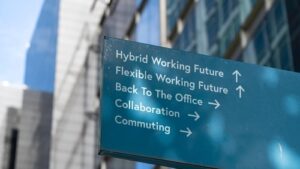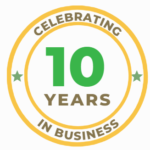Recap of Our HR Series: Key Strategies for Building a Resilient Workforce

In our recent HR blog series, we covered many important topics and strategies for building and retaining your workforce. Whether you’re looking to future-proof your workforce, improve recruitment and retention, or enhance your benefits package, these insights can help you improve your strategy and find success in HR.
Future-Proofing Your Workforce: Essential Strategies for HR Success
The first part in our series focused on preparing your workforce for the future. Consider these strategies to ensure the longevity of your team.
- Skills-Based Talent Approach: Regularly assess your employees’ skills and identify any gaps. Aligning their skills with your business needs not only aids in proper placement but also drives growth and development.
- Understanding Employee Needs: Engaging in “stay conversations” can reveal what keeps your employees motivated—whether it’s competitive compensation, personalized development opportunities, or a solid work-life balance.
- Succession Planning: Prepare for turnover by cross-training your team, promoting from within, and utilizing a skills-based approach for external hires. This ensures a smooth transition and continuity within your business.
By implementing these strategies, you can build a workforce that will not only withstand future challenges, but also be prepared for opportunities.
Recruit to Retain: Strategies for Long-term Success
The second part in our HR series highlighted the importance of recruiting the right talent and retaining them to maintain efficiency and reduce turnover costs. Key strategies include:
- Define Recruitment and Retention Goals: Set clear, measurable objectives that align with your business needs, whether it’s attracting new talent or improving employee satisfaction.
- Develop a Recruitment Plan: Craft detailed job profiles and use diverse recruitment channels to attract candidates who fit both the role and your company culture.
- Effective Onboarding Programs: Create a positive onboarding experience with clear expectations and necessary training. A welcoming environment boosts new hires’ commitment and satisfaction.
- Prioritize Employee Happiness: Create a supportive environment with opportunities for skill development, career growth, and regular recognition. This increases job satisfaction and reduces turnover.
“Recruiting to Retain” is the idea that hiring and retaining talent is crucial for long-term success, especially for small businesses competing in a dynamic market.
Offering a Strategic Benefits Package: Attract and Retain Top Talent
Our final blog discussed the significance of a competitive benefits package in attracting and retaining top talent. Here are the strategies to consider:
- Understand Employee Preferences: Use surveys and interviews to tailor your benefits package to what employees value most, ensuring they feel appreciated and engaged.
- Offer Essential Benefits: Provide core benefits like health insurance, retirement plans, and paid time off. These meet basic expectations and demonstrate your commitment to your employees.
- Go Beyond Traditional Benefits: Include modern perks such as wellness programs, flexible working conditions, and mental health support to enhance work-life balance and overall well-being.
- Tailored Benefits: Customize benefit plans to fit individual needs, such as flexible schedules or customizable coverage options.
- Effective Communication: Clearly communicate the benefits available to employees through onboarding, resources, and regular updates.
- Competitive Analysis: Regularly review and compare your benefits package with competitors to ensure it remains attractive and effective.
Flex-Able Solutions can assist you in managing and implementing these strategies. We can help you build a benefits package that boosts morale, productivity, and retention.
Ready to Enhance Your HR Practices?
Flex-Able Solutions offers fractional HR services that scale with your business needs, integrating seamlessly with your team. Book a consultation with us to explore how we can support your HR goals and drive your business forward.


























